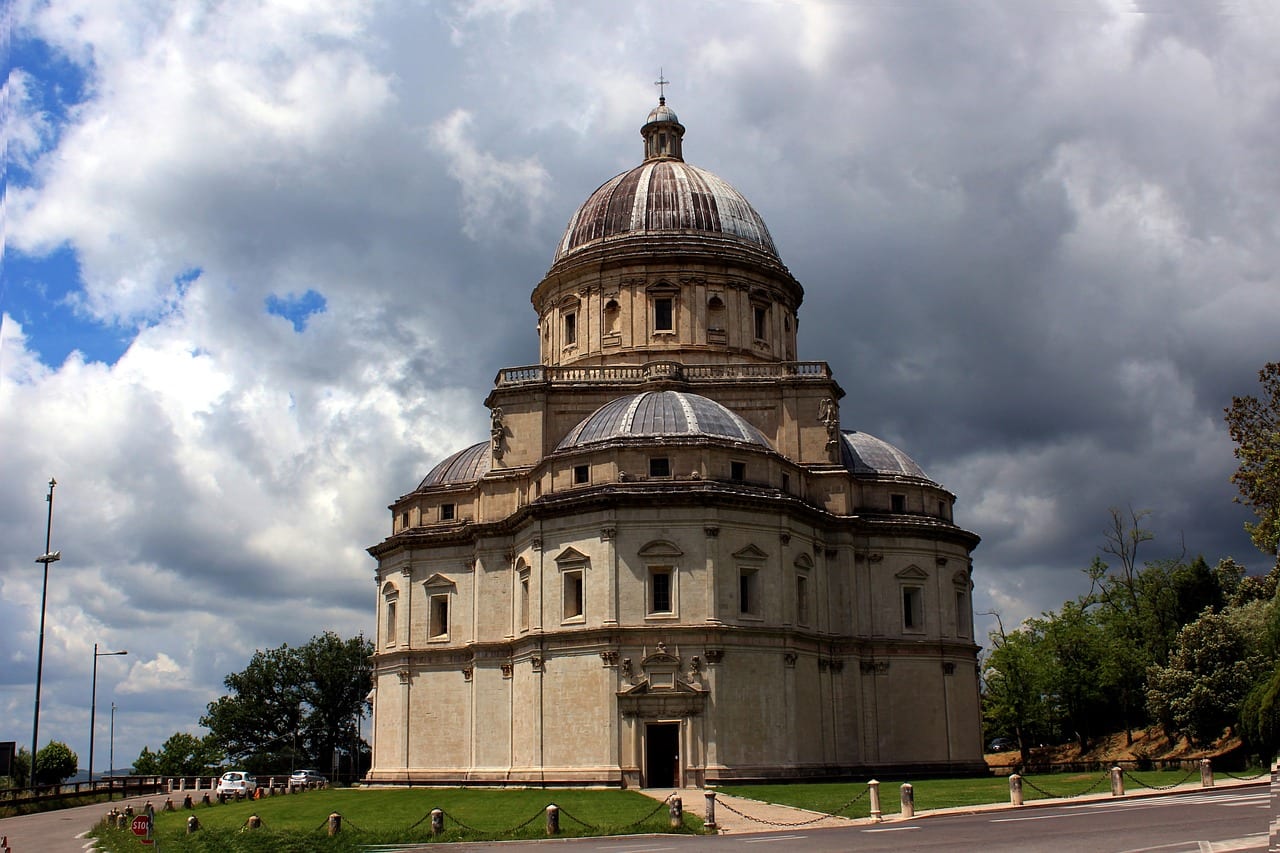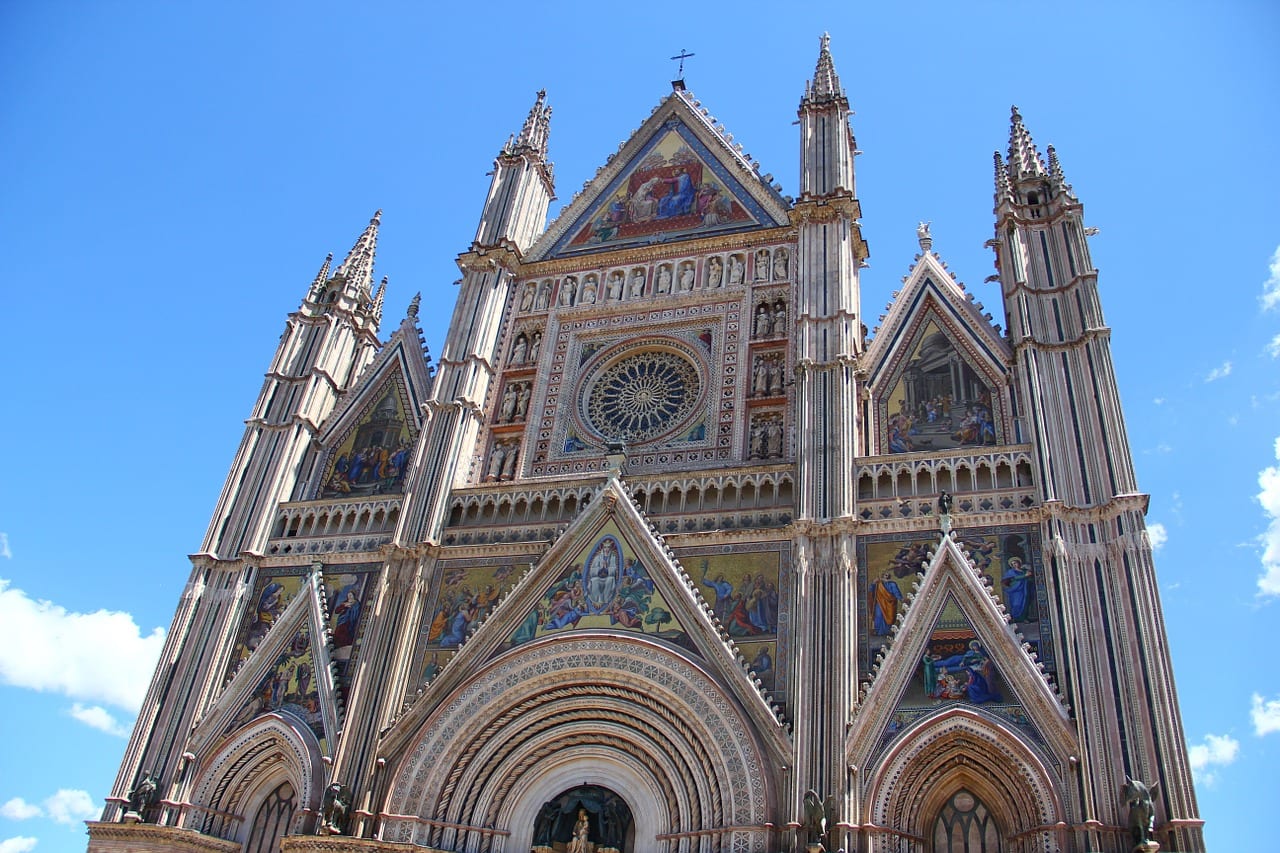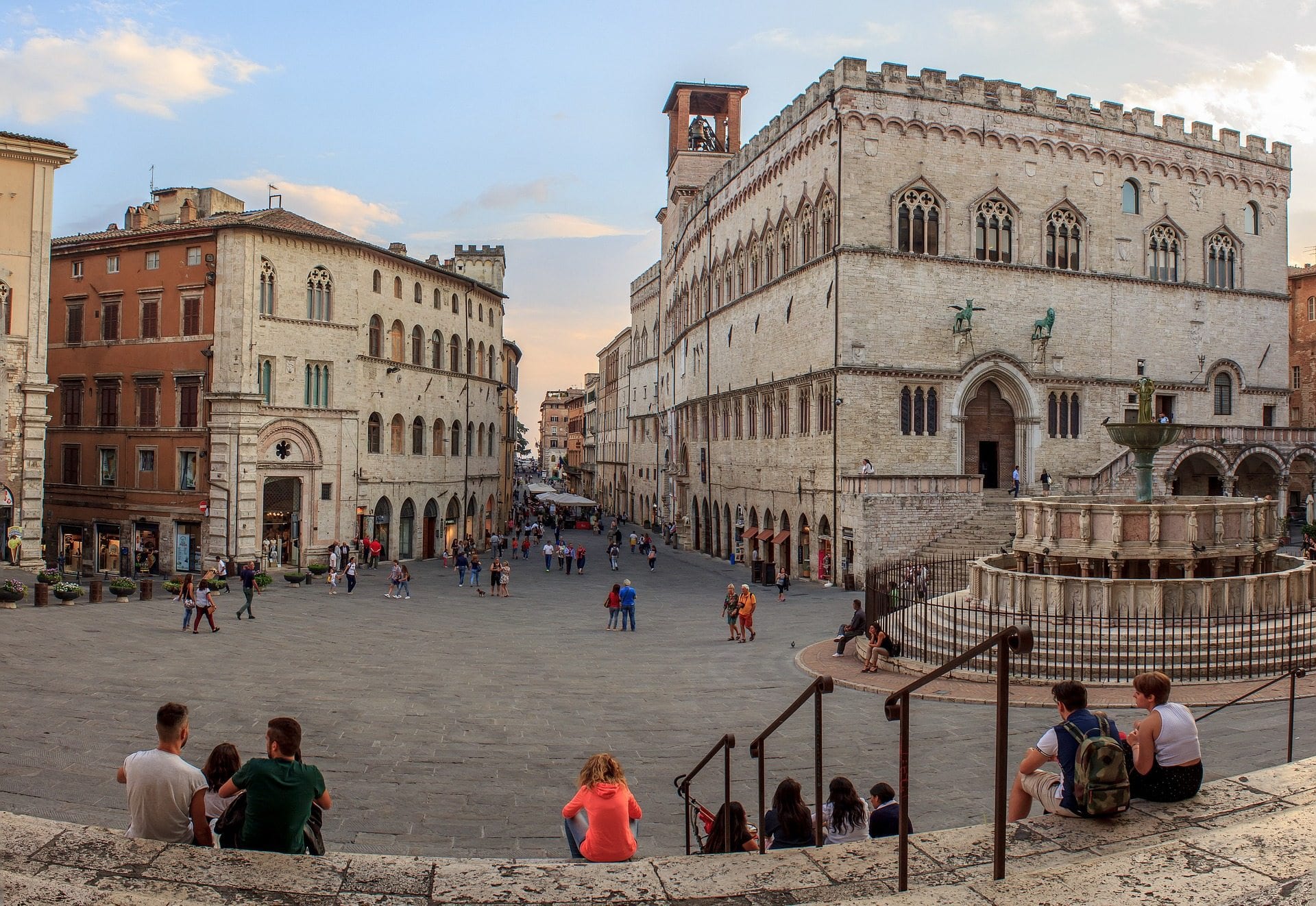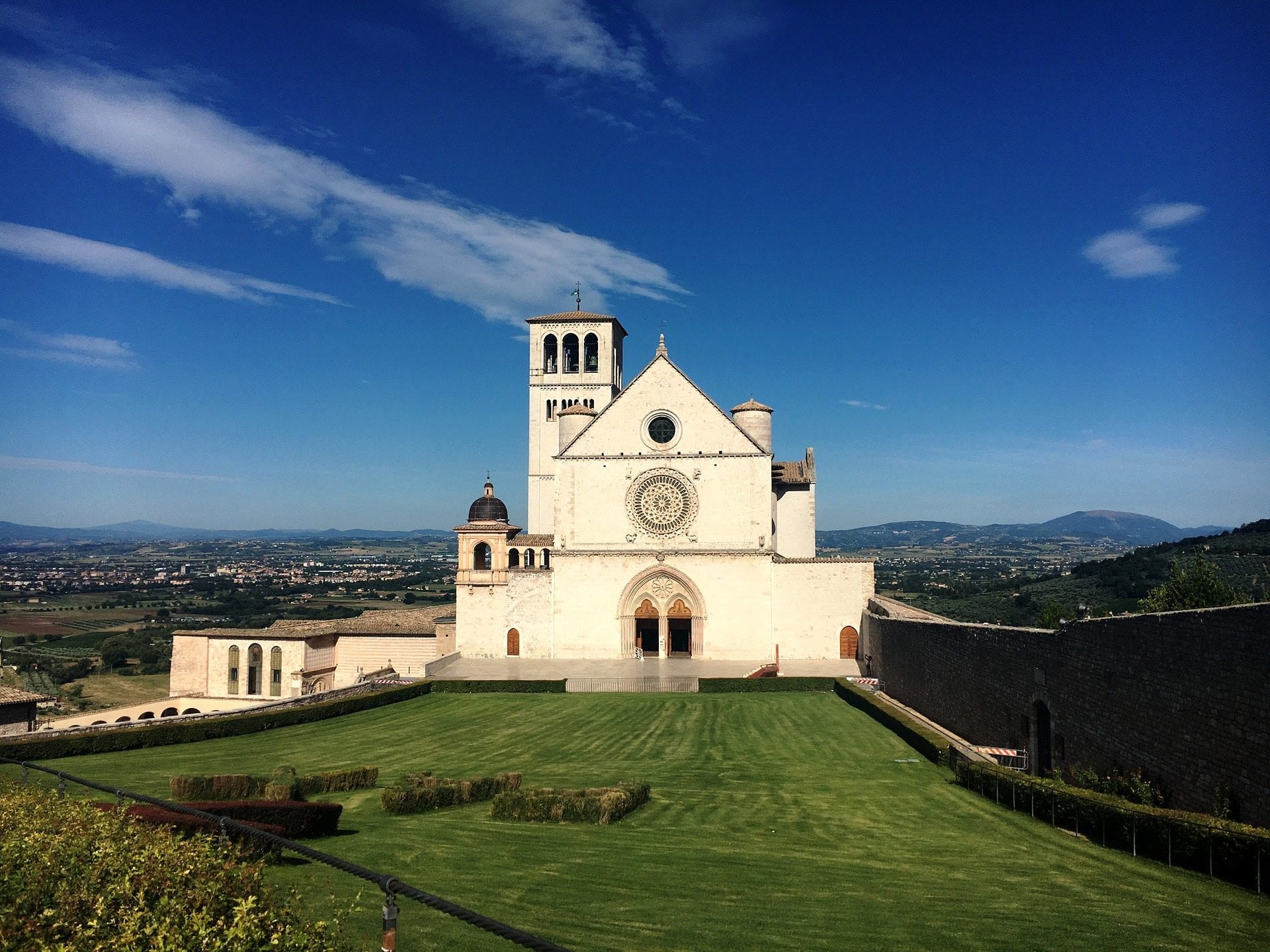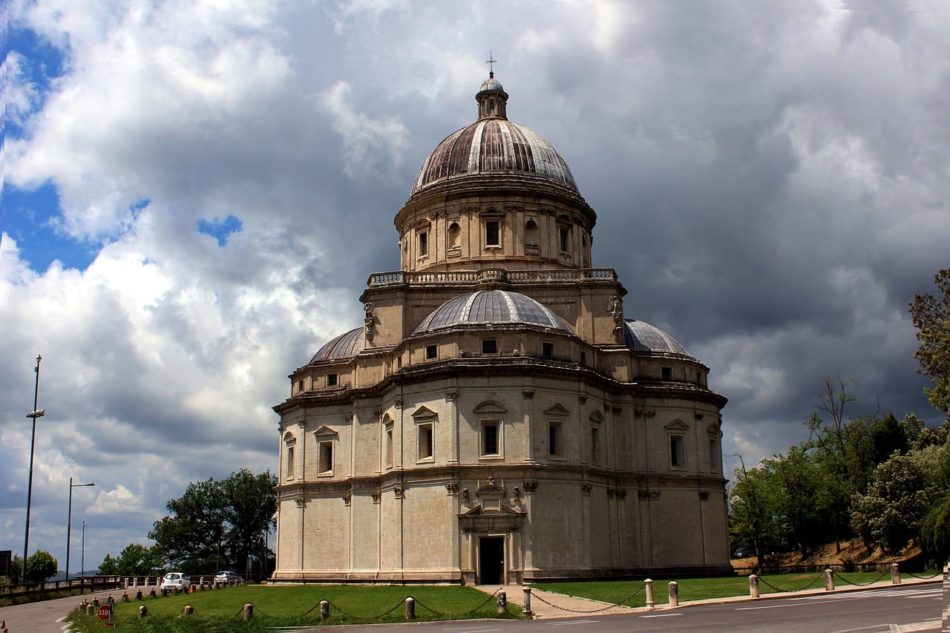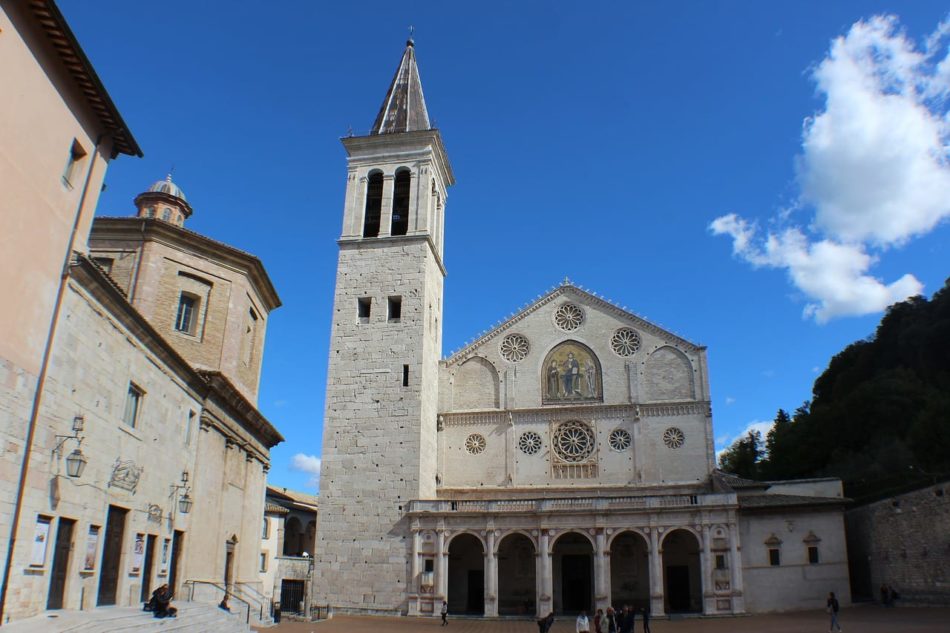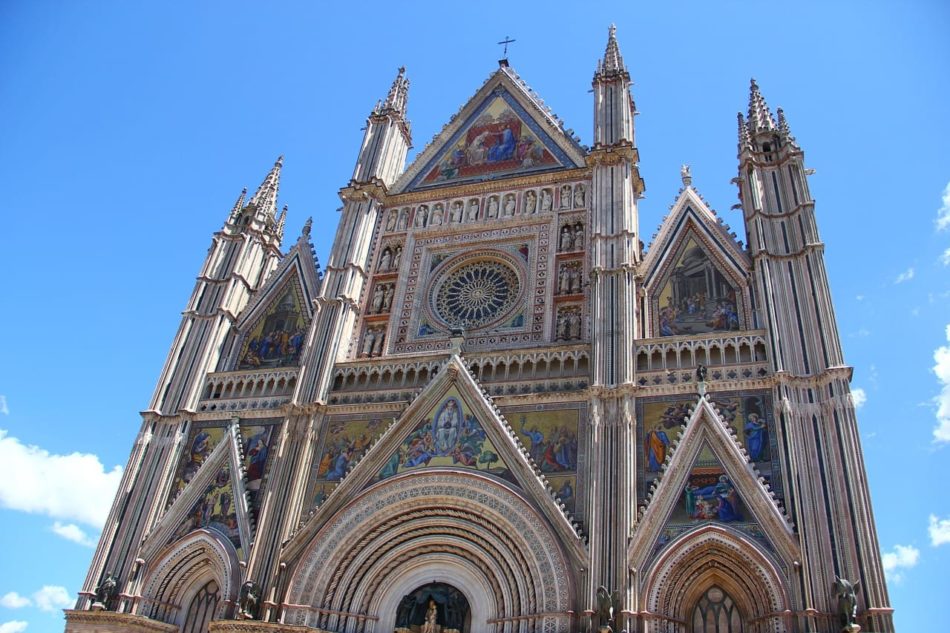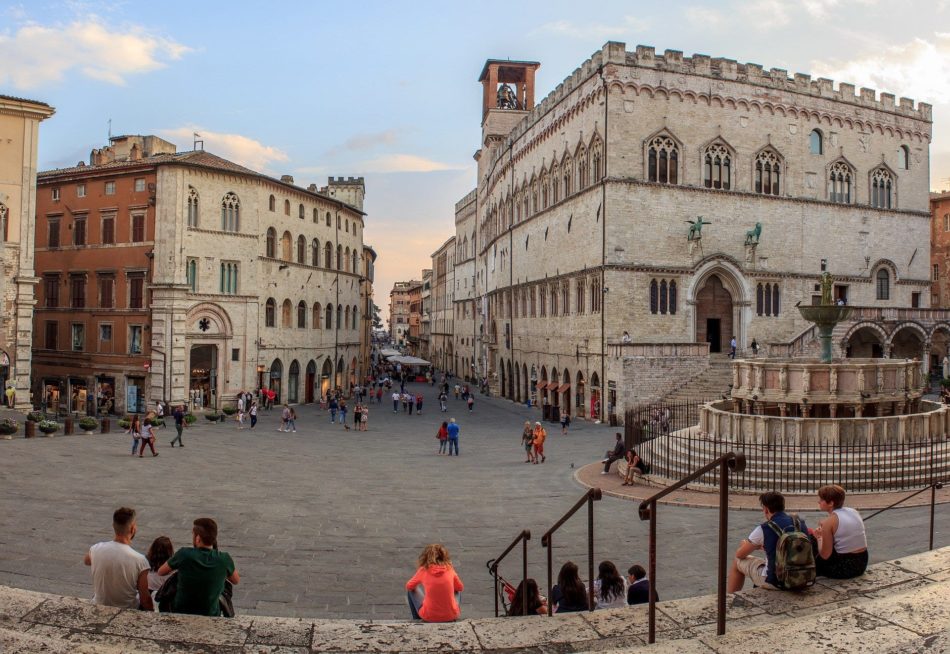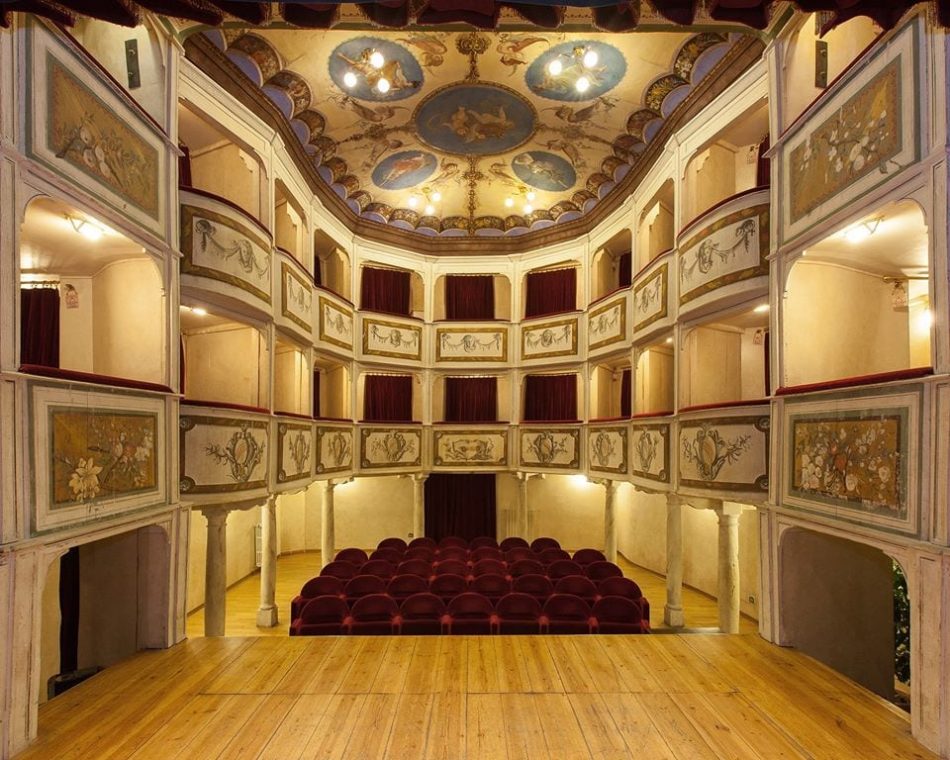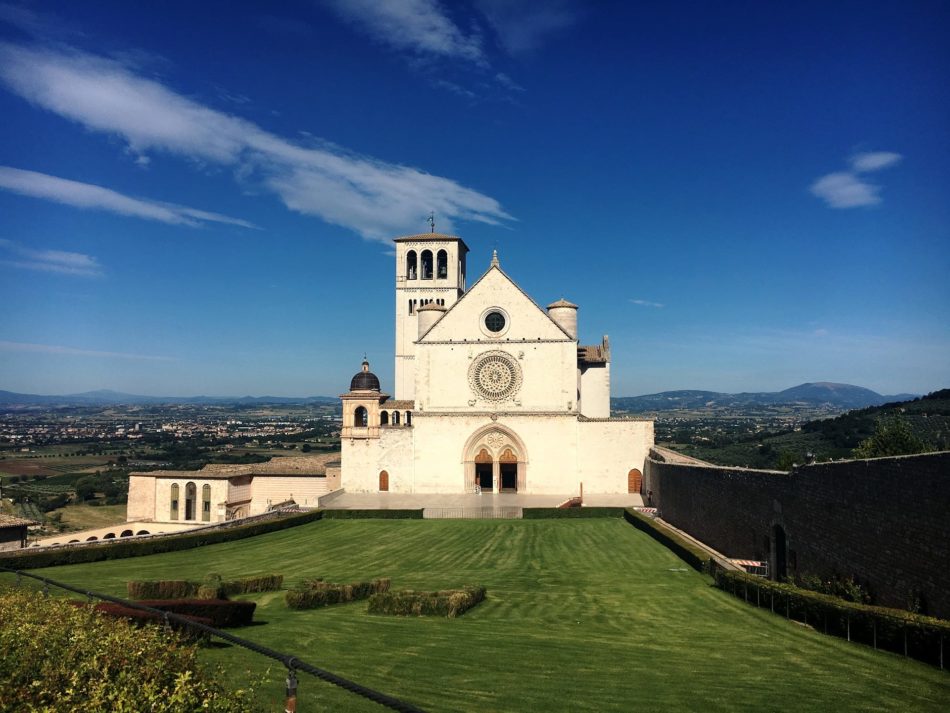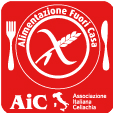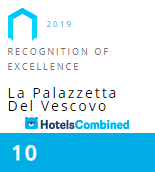PERUGIA
Perugia is the capital of the region of Umbria. Its history dates back to the Etruscan period and was actually considered the main city of the Etruscan era. To this day, it is still possible to admire the Etruscan Arch, the Ipogeo dei Volumni (an Etruscan burial chamber) and the Etruscan Well. The cippus perusinus, one of the longest inscriptions in the Etruscan language, is preserved in the National Museum of Umbrian Archeology. The city center is divided by ``Corso Vannucci`` which leads to Piazza IV Novembre with the Fontana Maggiore, the Cathedral of San Lorenzo, Palazzo dei Priori and the National Gallery of Umbria, where you can admire works by Duccio, Piero della Francesca, Beato Angelico and del Perugino. Don't miss Rocca Paolina, a Renaissance fortress (1540-1543). Perugia is a renowned cultural center. Indeed, it hosts many annual festivals, including Eurochocolate (October), Umbria Jazz Festival (July) and the International Journalism Festival (April).


